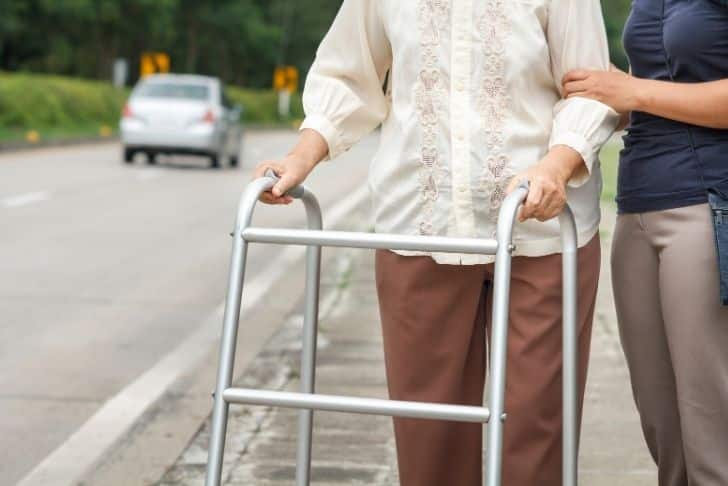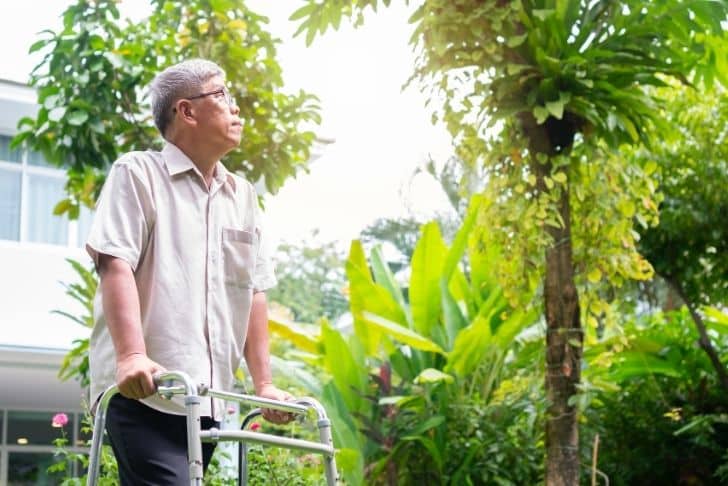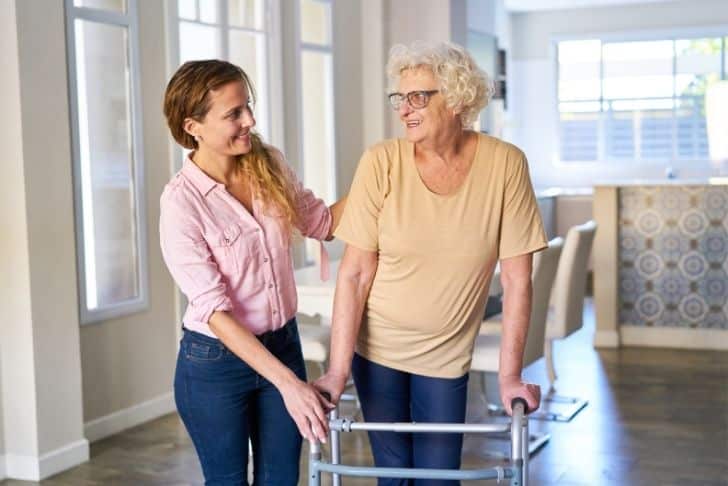Understanding and adjusting to the effects of aging can be a challenging journey for seniors. As mobility begins to wane, there’s a greater risk of falls and injuries, which can adversely impact the quality of life. To mitigate these risks and ensure a safer environment for movement, mobility aids for seniors are increasingly becoming crucial tools for navigating both indoor and outdoor settings. From canes and walkers to wheelchairs and power scooters, there exist numerous assistive devices tailored to different levels of mobility needs. Adopting these aids not only helps reduce the risk of falls but also supplements independence, thus significantly enhancing one’s quality of life. This article offers insightful knowledge on the subject, shedding light on the selection process of mobility aids, their benefits, and the important role of maintaining physical mobility for overall well-being.

Understanding the Importance of Mobility for Seniors
Muscle weakness, joint problems, dizziness, nerve issues, the side effects of medication, foot pain, and cognitive issues can all contribute to mobility challenges faced by seniors.
Challenges faced by seniors due to mobility issues
Mobility problems can make it difficult for seniors to move around their homes comfortably, go grocery shopping, attend social activities, and maintain a sense of independence. Aging can bring about balance issues, coordination problems, slower reflexes, and reduced muscle strength, all of which contribute to mobility challenges.
Injury statistics relating to aged populace
According to the CDC, one in four older adults falls each year and falls are the top cause of both fatal and non-fatal injuries in people aged 65 and over. Falls may result in severe injuries such as head damage or bone fractures. Healings from such injuries often take longer and can lead to further mobility issues.
The impact of lack of mobility on senior health
Mobility issues can have a significant impact on the overall health of seniors. Immobility can lead to muscle loss, joint stiffness, and weight gain. More concerning, it can increase susceptibility to chronic conditions such as heart disease, diabetes, and osteoporosis.
The role of mobility aids in preventing injuries
Mobility aids can greatly reduce the risk of falls among seniors. They provide additional stability and support, allowing seniors to move around more safely and confidently. Proper use of mobility aids can ensure a better quality of life for the elderly.
Exploring Various Mobility Aids for Seniors
There are a multitude of mobility aids available designed to cater to an individual’s specific needs.
Types of mobility aids
Common types of mobility aids include canes, walkers, rollators, power scooters, and wheelchairs. Each of these aids serves different needs and levels of mobility.
Factors influencing the choice of mobility aid
Several factors influence finding the right mobility aid including the individual’s level of mobility, balance, physical strength, body type, and the environment in which the aid will be used.
How to choose the right mobility aid
To choose the right mobility aid, you should consult with a healthcare provider. They can assess your mobility level, discuss your needs, and recommend the most suitable aid.
Detailed Overview of the Types of Mobility Aids
There are several types of aids available, each offering different levels of support.
Canes for seniors
Canes are a popular choice for seniors needing minimal support. They can increase balance while standing or walking and come in different styles to suit individual preferences.
Walkers for seniors
Walkers provide more support than canes and are usually used by those with moderate mobility issues. They come with or without wheels, depending on the level of stability required.
Role of rollators in improving mobility
Rollators function like walkers but come with a seat for resting. They are the preferred choice for seniors who tire easily.
Usage of power scooters
Power scooters are motorized chairs for individuals with good upper body control but have difficulty walking long distances.
Importance of wheelchairs
For seniors who cannot walk without assistance, wheelchairs are a good option. Manual wheelchairs require upper body strength, while power wheelchairs can be operated using controls.
Evaluating Mobility Aids: Pros and Cons
Every mobility aid has its benefits and limitations. It’s important to thoroughly understand these before making a choice.
Benefits and limitations of canes
Canes provide the least support but are lightweight and easy to use. Some seniors may find them insufficient for their needs.
Advantages and disadvantages of using walkers
Walkers offer better support and stability but can be difficult to maneuver, especially in tight spaces.
Pros and cons of rollators
Rollators offer a seat for resting but can be too bulky or heavy for some people to handle.
Understanding the benefits and drawbacks of power scooters
Power scooters offer freedom to move around but require a good sense of balance and upper body control.
Examining the pros and cons of regular and power wheelchairs
Wheelchairs provide maximum support but regular models do require upper body strength. Electric wheelchairs are easy to operate but are more expensive.

Understanding the Importance of Maintaining Physical Mobility
Maintain your physical mobility health as a priority as time goes on.
Why physical mobility matters as we age
It’s important to remain mobile as we age to maintain overall health, improve longevity, and maintain a high quality of life.
Tips to maintain and improve physical mobility
Daily exercise, stretching, low-impact cardio, and maintaining correct posture can help maintain and even improve mobility.
Role of nutrition in maintaining mobility
A balanced diet is crucial to maintaining mobility as nutrients like protein and calcium can strengthen muscles and bones.
Best activities to improve balance and coordination for seniors
Exercises that focus on balance and coordination, such as Tai Chi or yoga, can be particularly beneficial for seniors.
Mobility Aids for Special Requirements
Mobility aids for blind seniors, or those with failing eyesight, can include low-vision lighting, canes, pedestrian aids, service dogs, magnifiers, and braille signs and labels.

Role of Government and Charitable Organizations in Providing Mobility Aids
Medicaid programs, local charities, and certain government programs often provide financial assistance for seniors in need of mobility aids.
Getting the Right Mobility Aid: Professional Consultation and Assessment
It’s crucial to have a professional evaluation of your mobility needs. Such a consultation could encompass a personalized assessment of your mobility and consideration of your home’s layout.
Overcoming Stigma and Psychological Barriers Associated with Mobility Aids
It’s not uncommon for seniors to feel a certain stigma attached to using mobility aids. However, embracing these aids and recognizing their benefits can greatly improve quality of life.
Conclusion: Mobility Aids as a Gateway to Better Quality of Life
The right mobility aid can enhance a senior’s quality of life by increasing independence and minimizing the risk of injury. They are a helpful tool that should be embraced to improve safety and mobility.
